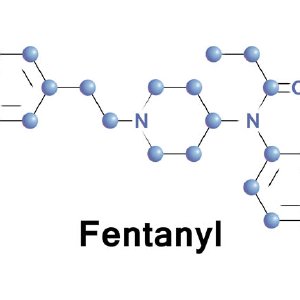Why Fentanyl? Why Now?

If you’re involved in drug rehabilitation or prevention in any way, you’ve heard of fentanyl. You’ve probably heard of fentanyl if all you’re doing is reading the newspaper. For the second time, fentanyl is making headlines by taking American lives by the scores. It’s been found infiltrating heroin and cocaine supplies, in counterfeit pills that pretend to be painkillers and it’s been simply sold as itself. It’s so strong that a person who is used to abusing painkillers or heroin can be blindsided by its power and suffer an overdose. Why are we now seeing this drug taking so many American lives? Let’s take a look at this subject.
What Is Fentanyl?
Fentanyl a synthetic painkiller similar to morphine or oxycodone but vastly stronger—50 to 100 times stronger than morphine, 5 to 10 times stronger than heroin. It’s given in hospitals, often administered to cancer patients in the form of a patch or slow-dissolving lollipop to prevent overdose. Fentanyl may also be used for surgical anesthesia. It’s only suitable for a person who has already been taking opioid painkillers like OxyContin but whose pain exceeds the power of those drugs. It is highly addictive.
It’s been diverted from medical supplies for many years, sometimes by medical personnel. In Montana, a nurse was recently fired from the hospital where he had been diverting fentanyl for his own use for the last five months. At first, he was just treating his own neck and shoulder pain by stealing small amounts of fentanyl left over from treatments. Finally, he was replacing the contents of fentanyl bottles with saline water, meaning his patients were getting no relief from their pain. He was finally fired and may be charged with crimes.
Now, There’s Illicitly-Manufactured Fentanyl on the Market
In 2006, a pharmaceutical lab in Mexico began producing its own version of fentanyl and shipping it into the U.S. More than a thousand people died from overdoses. The lab was located, put out of business and the overdoses stopped.
Then, a couple of years ago, the overdoses started up again. This time, there were multiple locations manufacturing this illicit product. Unscrupulous manufacturers found ways to get the product into the U.S. and Canada and people began dying. The primary manufacturing location is China because the pharmaceutical industry is poorly controlled and weakly regulated in that country.
Chinese manufacturers either disguise the product and ship it using common shipping companies, or they send over a chemical that is not currently illegal—a chemical that can be made into fentanyl or fentanyl in a slightly different form, like one of these:
- Acetyl fentanyl
- Furanyl fentanyl
- Methylfentanyl
- Butyrfentanyl
- Benzylfentanyl
- Norfentanyl
These are called “analogues” of fentanyl—a very similar formula but considered a different chemical. Some of these formulations are not yet illegal so they can legally be shipped into the U.S. or Canada. Alternately, Chinese companies ship the drug to Mexico and it is subsequently trafficked into the U.S.
So that gets fentanyl into the country. What happens to it then? We’ll cover that in Part II of this article. Click here to continue reading.


